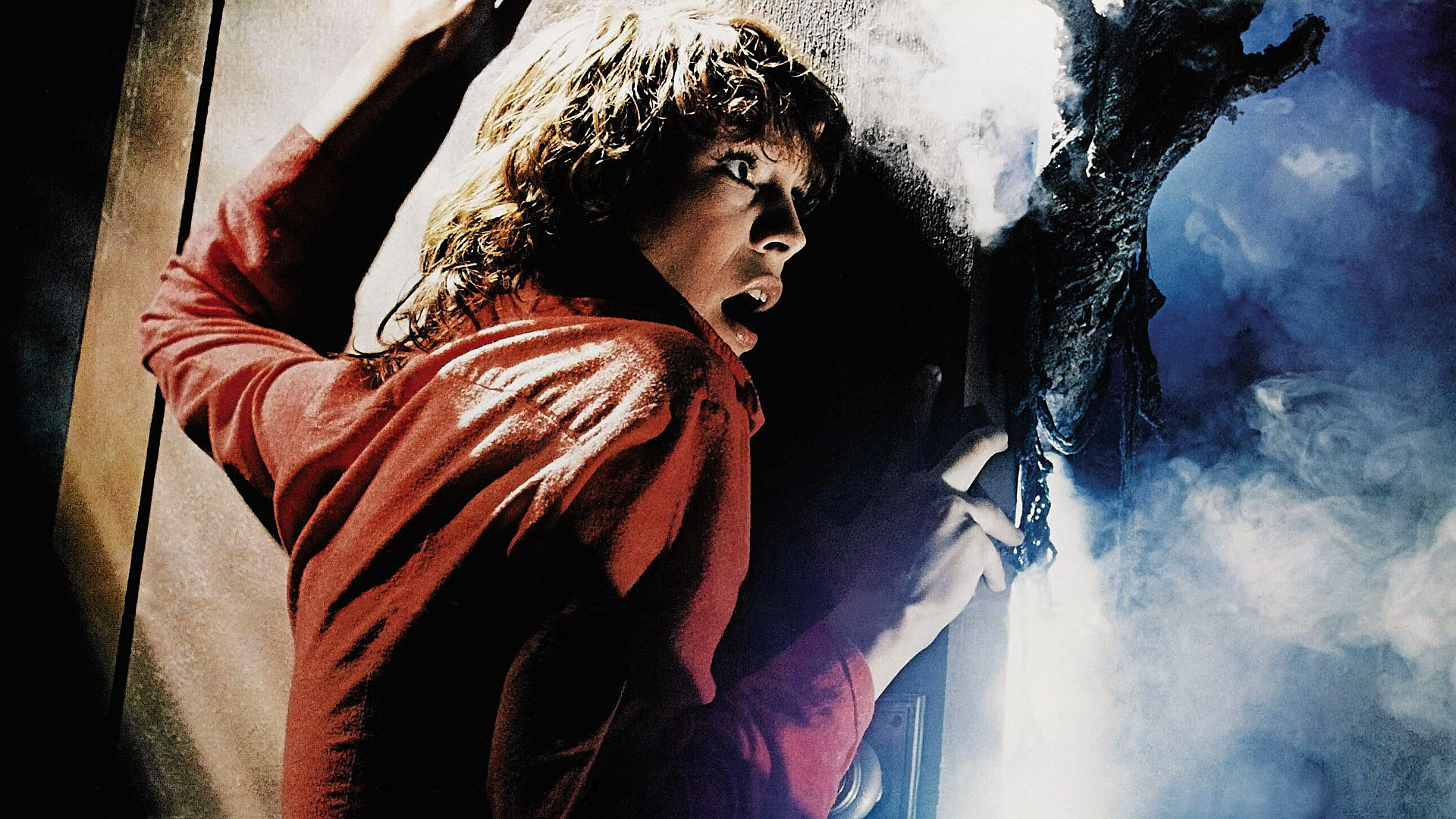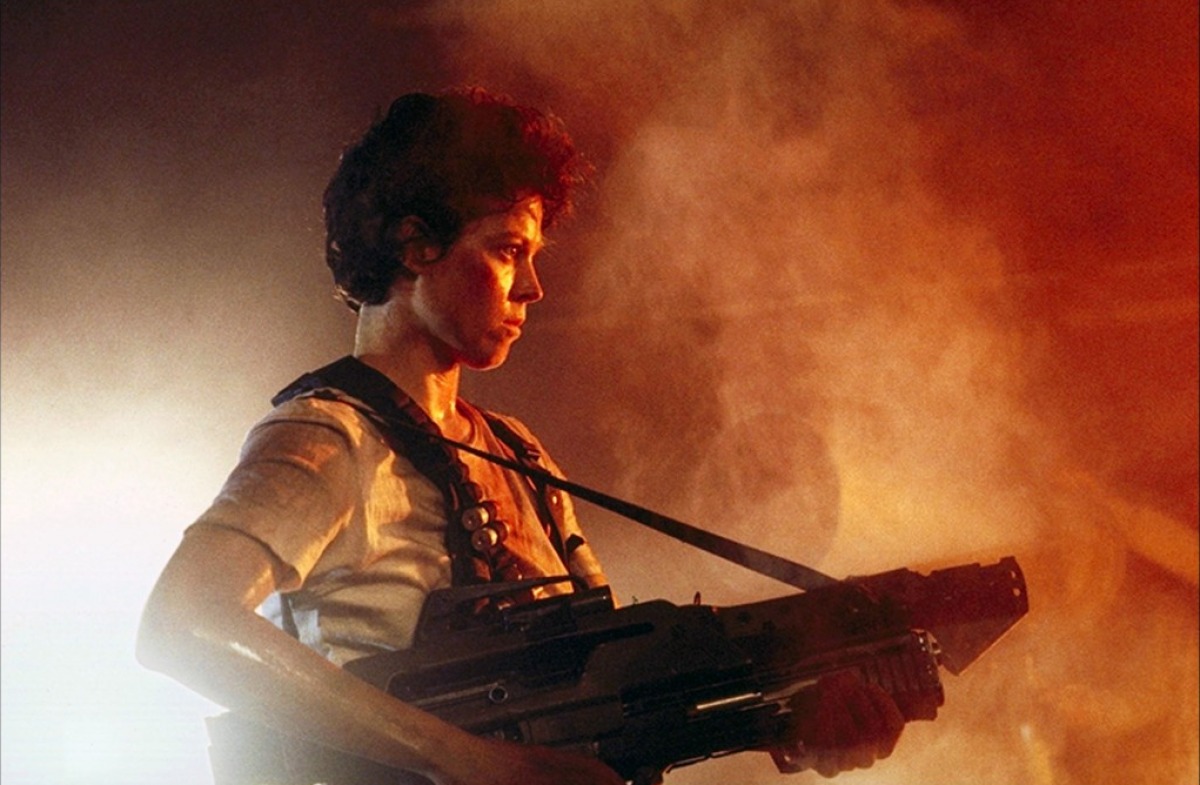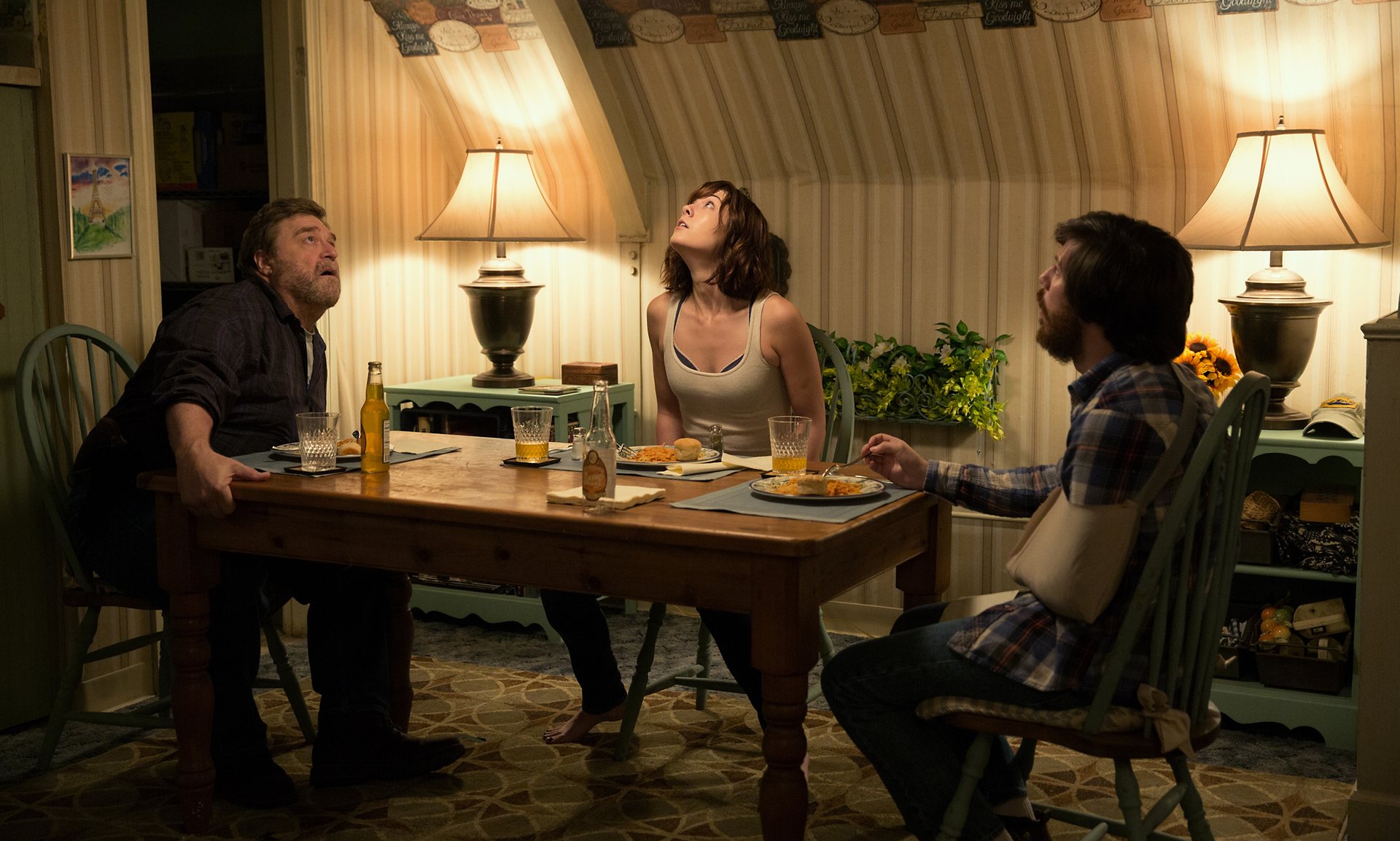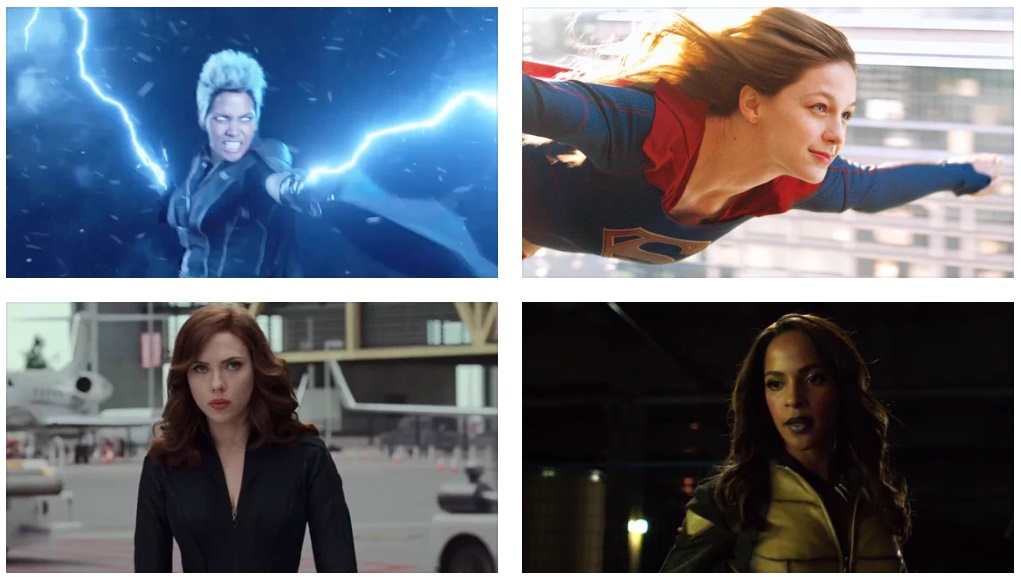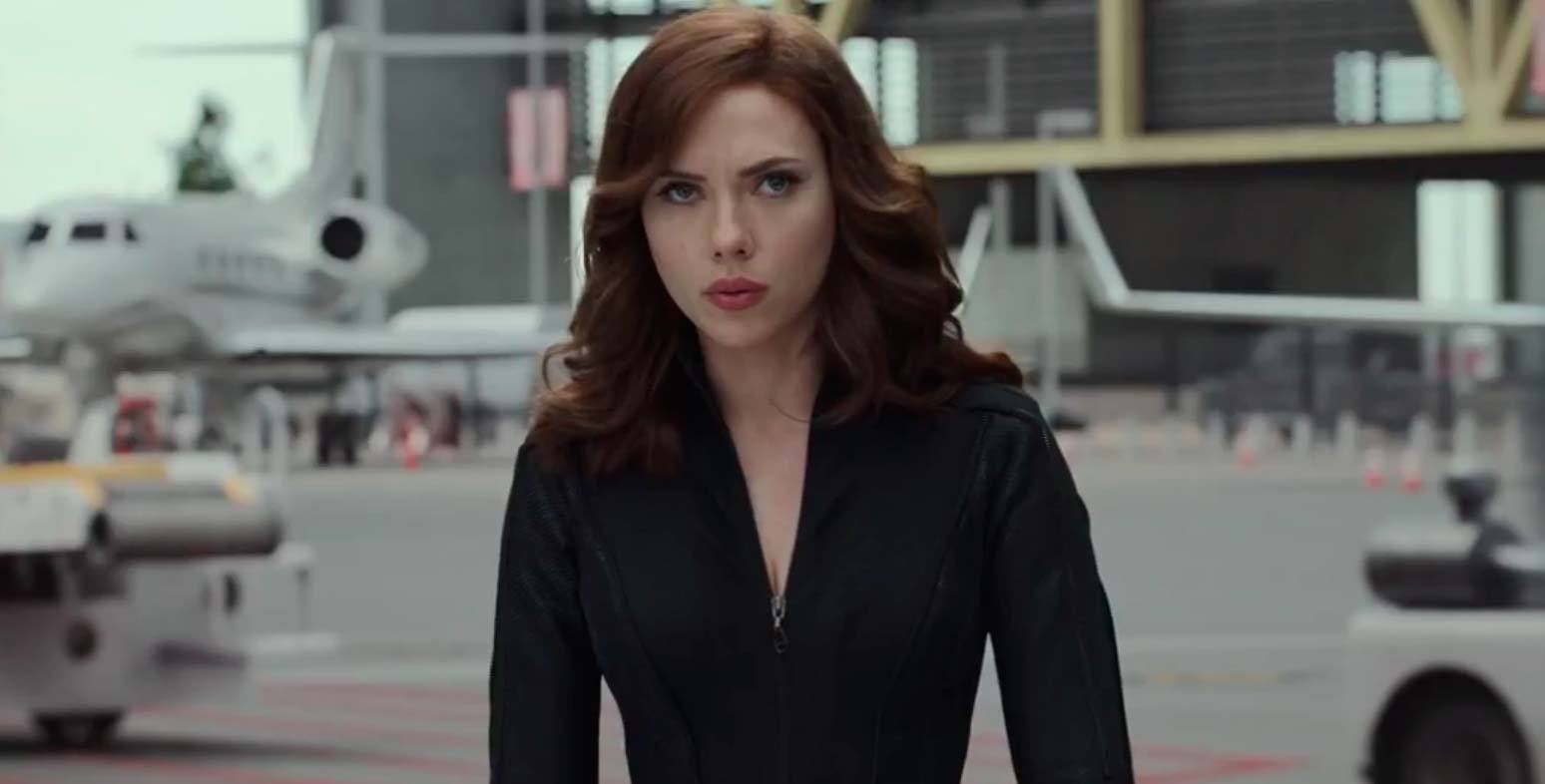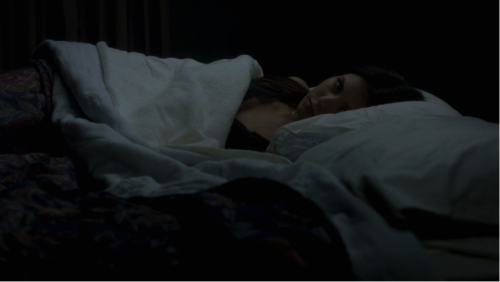‘The Fog’: 5 Women, an Environmental Crisis, and No Forecast of Friendship
Before watching the movie with a more critical lens, I reminisced that these strong female characters drove the community response to crisis as they began to interact and even came to depend on each other. … It seems like ‘The Fog’ exposes the idea that strong women can’t have any meaningful relationships that might endure and even help them survive and understand themselves better through tough times.
